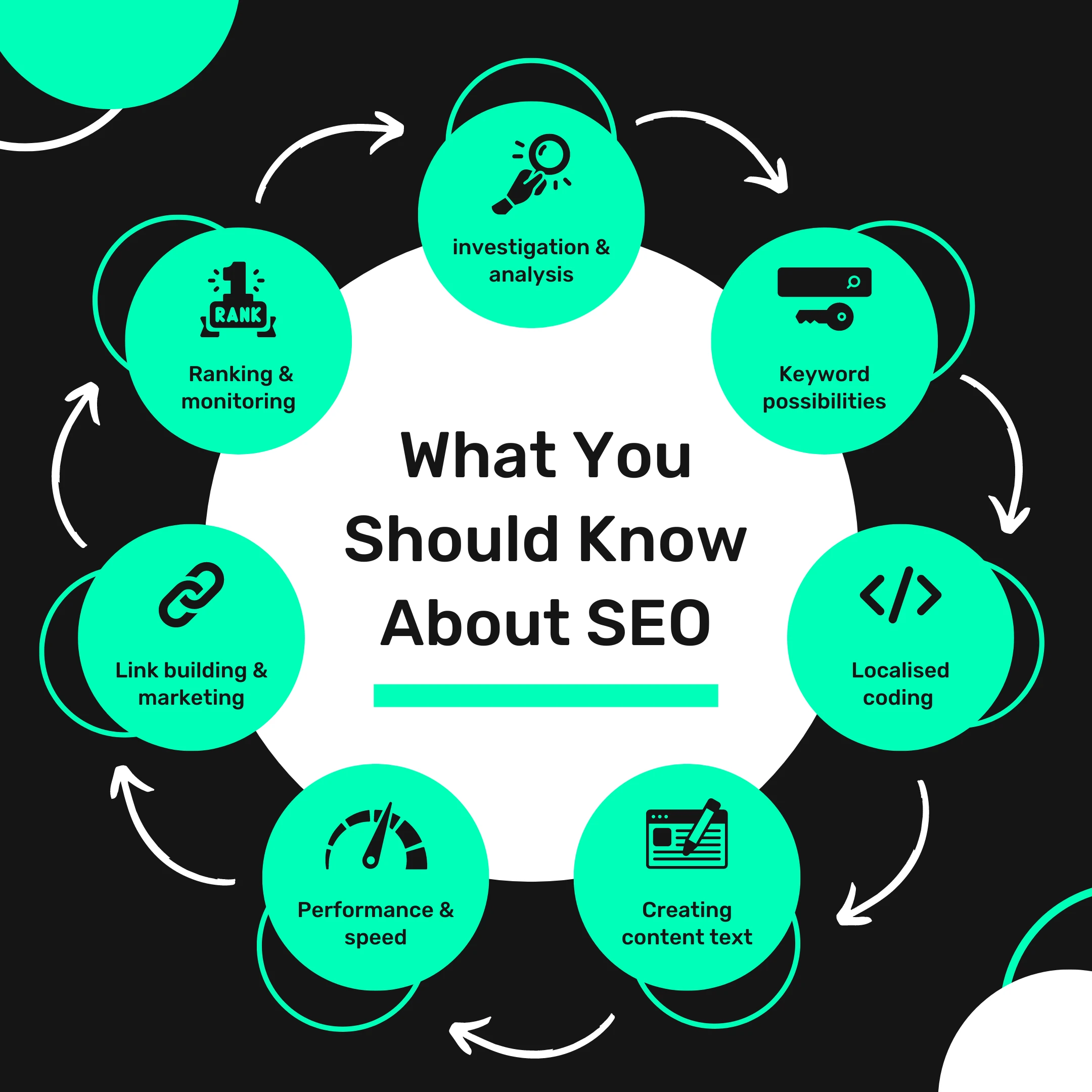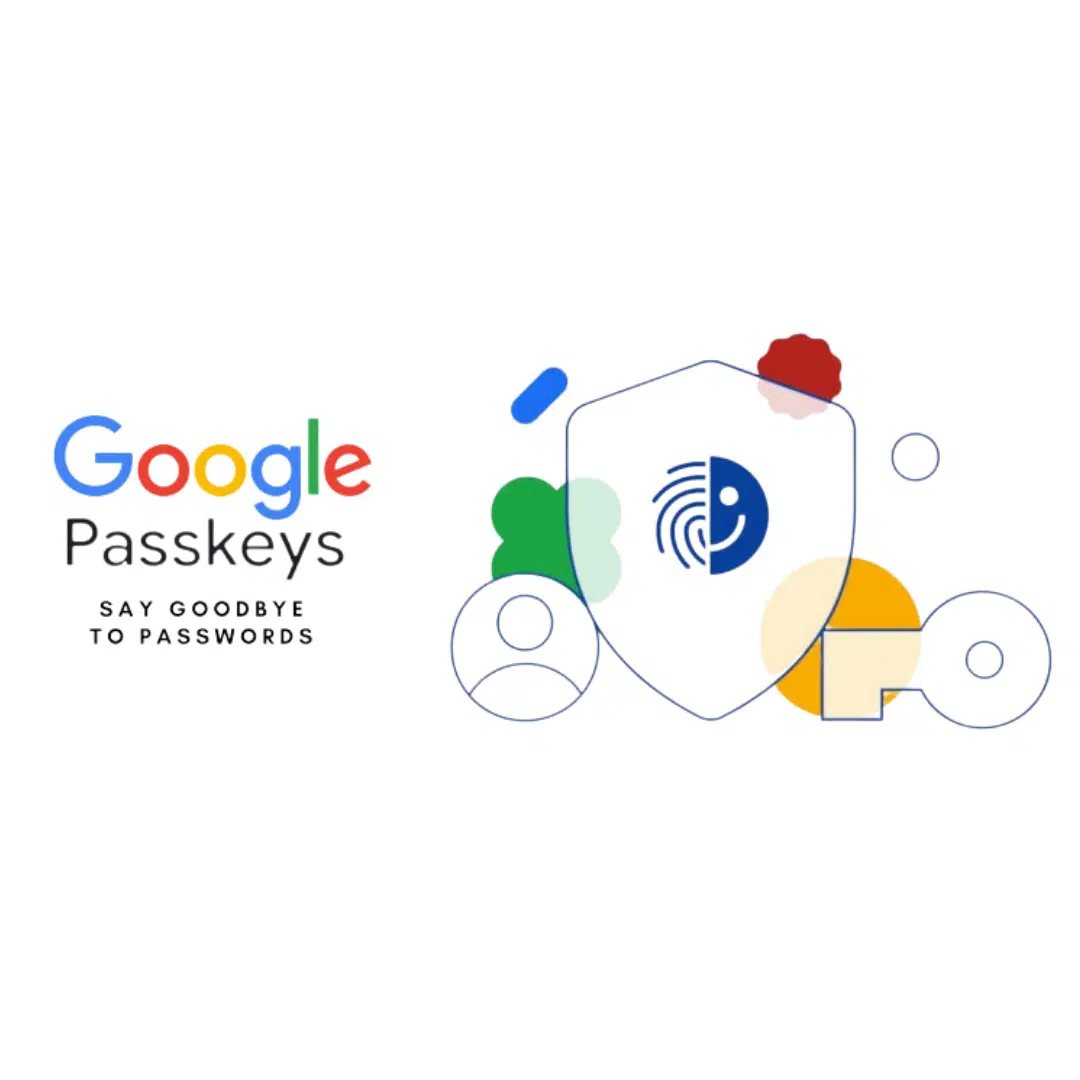

Are you ready to take your online advertising to the next level? Look no further than Google AdWords, the ultimate tool for reaching your target audience and driving quality traffic to your website. In this beginner’s guide, we’ll walk you through the essentials of setting up your first AdWords campaign, helping you navigate the intricate world of pay-per-click advertising with ease. From understanding the basics of keyword research to crafting compelling ad copy, we’ll equip you with all the necessary skills to create a successful campaign that delivers tangible results. Whether you’re a small business owner looking to expand your online presence or a digital marketing enthusiast eager to boost your skills, this guide will provide you with the knowledge and confidence to master Google AdWords. Get ready to unlock the full potential of this powerful advertising platform and start driving targeted traffic to your website today!
Pay-per-click (PPC) advertising is a form of online advertising where advertisers pay a fee each time one of their ads is clicked. It’s a highly effective way to drive targeted traffic to your website, as you only pay when someone actually engages with your ad. Google AdWords is one of the most popular PPC advertising platforms, allowing advertisers to display their ads on Google’s search engine results pages (SERPs) and partner websites. By understanding the basics of PPC advertising, you can make informed decisions and set up successful campaigns.
When it comes to PPC advertising, keywords are the foundation. Keywords are the phrases or terms that people search for on search engines. By targeting relevant keywords in your AdWords campaigns, you can ensure that your ads are shown to the right audience. It’s important to conduct thorough keyword research to identify the most relevant and high-performing keywords for your campaign. There are several tools available, such as Google Keyword Planner, that can help you discover new keywords and estimate their search volume.
Once you have a list of relevant keywords, it’s time to create your ad groups. Ad groups are a way to organise your keywords and ads into thematic groups. By grouping similar keywords together, you can create more targeted and relevant ads. For example, if you are a clothing retailer, you might have separate ad groups for “women’s clothing,” “men’s clothing,” and “children’s clothing.” This allows you to customise your ad copy to match the specific needs and interests of each group.
Google AdWords offers a range of benefits for businesses of all sizes. One of the key advantages of using AdWords is the ability to reach a highly targeted audience. Unlike traditional advertising methods, where you cast a wide net and hope to reach your target audience, AdWords allows you to show your ads to people who are actively searching for your products or services. This means that you can connect with potential customers at the moment they are most likely to convert.
Another benefit of using AdWords is the ability to control your budget. With AdWords, you only pay when someone clicks on your ad, which means you have complete control over how much you spend. You can set a daily budget and adjust it at any time to suit your needs. This makes AdWords a cost-effective advertising solution, especially for small businesses with limited budgets.
In addition to targeting and budget control, AdWords also provides you with detailed performance metrics. You can track the number of clicks, impressions, and conversions your ads receive, allowing you to measure the success of your campaigns. By analysing this data, you can identify areas for improvement and make data-driven decisions to optimise your campaigns.
Keyword research is a crucial step in setting up successful AdWords campaigns. It involves identifying the most relevant keywords for your business and understanding their search volume and competition. By targeting the right keywords, you can ensure that your ads are shown to the right audience and increase the chances of driving quality traffic to your website.
To conduct keyword research, start by brainstorming a list of potential keywords that are relevant to your business. Think about the products or services you offer and the words or phrases people might use to search for them. Once you have a list, you can use tools like Google Keyword Planner to expand your keyword ideas and get insights into their search volume and competition.
When choosing keywords, it’s important to strike a balance between relevance and competition. While highly relevant keywords are likely to attract a more targeted audience, they may also have high competition. On the other hand, less competitive keywords may have lower search volume. It’s important to find a balance that suits your goals and budget.
Once you have a list of relevant and high-performing keywords, you can create your ad groups. As mentioned earlier, ad groups allow you to organise your keywords and ads into thematic groups. By grouping similar keywords together, you can create more targeted and relevant ads. This will not only improve your ad quality but also increase the chances of attracting clicks and conversions.
Now that you have conducted keyword research and created your ad groups, it’s time to set up your first AdWords campaign. Setting up a campaign involves several steps, including defining your campaign goals, choosing your campaign settings, and creating your ads.
To start, you need to define your campaign goals. What do you want to achieve with your campaign? Do you want to drive traffic to your website, generate leads, or increase sales? Defining your goals will help you determine the right settings and strategies for your campaign.
Next, you need to choose your campaign settings. AdWords offers a range of settings that allow you to control various aspects of your campaign, such as location targeting, ad scheduling, and budgeting. It’s important to choose settings that align with your campaign goals and target audience.
Once you have defined your campaign goals and chosen your settings, it’s time to create your ads. AdWords provides different ad formats, including text ads, image ads, and video ads. For beginners, text ads are a good starting point. They are simple to create and can be highly effective in driving clicks and conversions.
When writing your ad copy, it’s important to be clear, concise, and compelling. Your ad should quickly convey the benefits of your product or service and include a strong call-to-action. Use relevant keywords in your ad copy to increase its relevance and improve its chances of being shown to the right audience.
Ad groups play a crucial role in the success of your AdWords campaigns. They allow you to organise your keywords and ads into thematic groups, making it easier to create targeted and relevant ads. By creating specific ad groups for different products, services, or target audiences, you can tailor your ad copy to match the specific needs and interests of each group.
When setting up your ad groups, start by organising your keywords into logical groups. For example, if you are an online clothing retailer, you might have separate ad groups for “women’s clothing,” “men’s clothing,” and “children’s clothing.” This allows you to create more targeted and relevant ads for each group.
Once you have organised your keywords into ad groups, it’s time to write your ad copy. AdWords text ads consist of a headline, description, and display URL. The headline is the most important part of your ad, as it is the first thing people see. It should grab their attention and clearly convey the benefits of your product or service. The description should provide more details and include a strong call-to-action. The display URL should be relevant to your ad and redirect to the appropriate landing page.
When writing your ad copy, it’s important to use language that resonates with your target audience. Use words and phrases that appeal to their needs and emotions. Highlight the unique selling points of your product or service and explain why they should choose you over your competitors. Finally, include a strong call-to-action that encourages people to take the desired action, such as “Buy Now” or “Sign Up Today.”
Ad extensions are additional pieces of information that can be added to your ads to provide more context and increase their visibility. They allow you to include extra information, such as phone numbers, addresses, or links to specific pages on your website. Ad extensions can improve the performance of your ads by making them more relevant and engaging.
There are several types of ad extensions available in AdWords, including sitelink extensions, call extensions, location extensions, and review extensions. Sitelink extensions allow you to include additional links in your ad, directing people to specific pages on your website. Call extensions allow you to include a phone number in your ad, making it easier for people to contact you. Location extensions display your business address and a map marker in your ad. Review extensions display positive reviews and ratings from reputable sources.
To use ad extensions effectively, it’s important to choose the right extensions for your business and goals. Consider the nature of your business and the actions you want people to take. For example, if you have a physical store, location extensions can be highly effective in driving foot traffic. If you offer a service that requires a phone call, call extensions can make it easier for people to contact you.
When setting up ad extensions, make sure they are relevant to your ads and landing pages. They should provide additional information that enhances the user experience and encourages people to take action. Monitor the performance of your ad extensions and make adjustments as needed to maximise their impact.
Once your AdWords campaign is up and running, it’s important to continuously optimise it for maximum performance. Optimisation involves making adjustments to your campaign settings, ad copy, and landing pages to improve their effectiveness and drive better results.
One of the key areas to focus on when optimising your campaign is your keywords. Regularly review the performance of your keywords and make adjustments as needed. Identify keywords that are driving traffic but not converting and consider pausing or removing them. On the other hand, identify high-performing keywords and consider increasing their bids or allocating more budget to them.
Another area to focus on is your ad copy. Continuously test different variations of your ad copy to see which ones perform best. Experiment with different headlines, descriptions, and calls-to-action to find the winning combination. Monitor the performance of your ads and make adjustments based on the data.
In addition to keywords and ad copy, it’s also important to optimise your landing pages. Landing pages are the pages on your website that people land on after clicking on your ads. Make sure your landing pages are relevant to your ads and provide a seamless user experience. Optimise your landing pages for speed, mobile-friendliness, and clear calls-to-action.
Monitoring and analysing your campaign’s performance is crucial to its success. By tracking key metrics and analysing the data, you can gain valuable insights into the effectiveness of your campaigns and make data-driven decisions to improve their performance.
Some of the key metrics to monitor include clicks, impressions, click-through rate (CTR), conversion rate, and cost per conversion. Clicks and impressions give you an idea of the reach and visibility of your ads. CTR measures the percentage of people who click on your ads after seeing them. Conversion rate measures the percentage of people who take the desired action, such as making a purchase or filling out a form. Cost per conversion measures the average amount you spend to acquire a conversion.
By monitoring these metrics, you can identify areas for improvement and make adjustments to your campaigns. For example, if your CTR is low, it may indicate that your ad copy is not compelling enough. Experiment with different variations to improve your CTR. If your conversion rate is low, it may indicate a problem with your landing pages. Optimise your landing pages to improve the user experience and increase conversions.
In addition to monitoring key metrics, it’s also important to analyse the data to gain deeper insights. Look for trends and patterns in the data and draw conclusions based on the evidence. For example, if you notice that certain keywords consistently perform well, consider allocating more budget to them. If you notice that certain ad variations consistently underperform, consider pausing or modifying them.
Mastering Google AdWords takes time and practice, but with the right strategies and knowledge, you can achieve great results. Here are some tips and tricks to help you get started and take your AdWords campaigns to the next level:
Setting up your first AdWords campaign may seem daunting, but with the right knowledge and strategies, you can achieve great results. By understanding the basics of pay-per-click advertising, conducting thorough keyword research, and creating compelling ad copy, you can create campaigns that drive targeted traffic to your website and deliver tangible results. Remember to continuously monitor and optimise your campaigns to improve their performance and stay ahead of the competition. With dedication and practice, you can master Google AdWords and unlock its full potential for your business.


